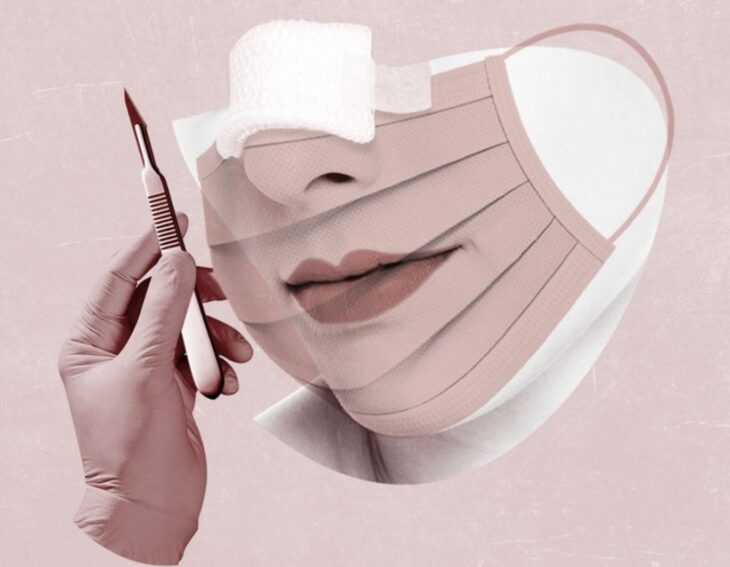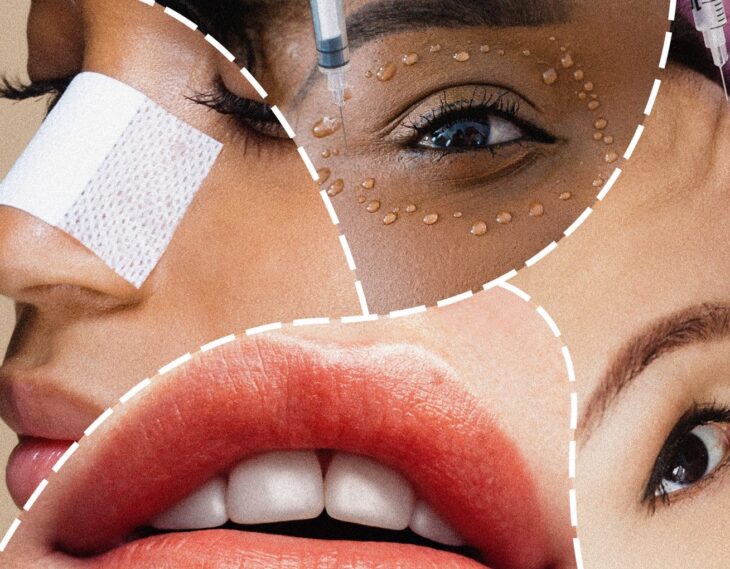When COVID-19 entered our reality in 2024, things didn’t look fantastic for plastic surgery. As a result, many healthcare facilities banned virtually all elective procedures, with many parts of the country and world in lockdown to slow the spread of the pandemic.
The only cosmetic surgeries that were approved were medically necessary, such as breast reconstruction.
Some cities shut down medical practices to only essential patients, and few plastic surgeries qualified. Moreover, early in the pandemic, so much was unknown about how it spread. As a result, many patients canceled their procedures on their own, worried about getting infected during surgery.
Also, many patients lost jobs and could no longer afford that facelift or tummy tuck.
But these slowdowns and restrictions were short-lived. After a few months, plastic surgeries were approved, medical practices were back in business. And more people than ever were interested in various cosmetic procedures to make them look younger and more attractive.
We saw a transformation of the plastic surgery industry that had many facets, but all of them were due to the COVID-19 pandemic.

Source: harpersbazaar.com
The Zoom Boom
Who would want plastic surgery in the middle of the most serious pandemic most of us have experienced? When you first think about it, the idea of getting liposuction or an eyelid lift during the lockdown and social distancing might seem strange.
If you reviewed your social media feeds during the height of the pandemic, you probably saw friends and colleagues wearing workout clothes at home as they did their jobs remotely.
Some may have even neglected to run a brush through their hair before ‘going to work’ by opening their laptop.
Is it possible that this carefree, casual attitude could lead to a boom in plastic surgery? The evidence is in: It definitely can.
According to Dr. Ran Stark of Philadelphia Plastic Surgery, the increased interest in cosmetic procedures makes sense. “Anyone who had thought about having work done before but was worried about the recovery could suddenly have the procedure and make most of their recovery from their couch and take fewer days off.”
For people who no longer needed to drive to work, buy meals and work clothes, there was more money in the bank to pay for a mommy makeover or brow lift.
But many plastic surgeons say the biggest reason for the increased interest was the Zoom Boom.
Millions of workers suddenly switched to remote work and meetings, and they went from seeing themselves in the mirror once or twice a day to something else: watching their faces on a computer screen for hours every day.
As they stared at their images in poor light and unflattering camera angles, they noticed the bags under their eyes, crow’s feet, double chins, etc.
It’s easy to see why many Americans started to Google about plastic surgery and schedule procedures, even during a pandemic.

Source: drkulick.com
Popular Pandemic Cosmetic Procedures
For many years, breast augmentations and breast lifts were among the most popular procedures. Also in high demand were rhinoplasty, facelifts, rhinoplasty, and liposuction.
But there was a significant surge in facial cosmetic procedures because of the Zoom effect. For example, patients suddenly were more interested than ever in chin liposuction, and there was a boom in Botox injections and dermal fillers.
Botox injections freeze the facial muscles, which can relax many annoying lines and wrinkles, such as crow’s feet at the corners of the eyes. In addition, dermal fillers are helpful to add volume to the cheeks as we age and fill in deeper lines and wrinkles in the face.
The surge in interest in nonsurgical procedures caused many surgical practices to shift their focus to nonsurgical alternatives.
Botox injections, for example, are temporary and must be redone every three to six months. But recovery is minimal, and patients can go right back to work. Also, these injections and dermal fillers can make a dramatic difference in a face’s appearance, which many want as they still check in to work via Zoom calls daily.

Source: instyle.com
Will The Zoom Boom Last?
Many wonder if the greater interest in plastic surgery, especially in facial work, will continue once the pandemic is finally gone for good. It’s hard to predict, but it’s possible that the trends we’ve seen could last for years.
First, many companies have observed the benefits of having at least part of their staff working permanently at home. Specifically, companies need to rent less office space, and many workers are more productive when working from home. These two facts lead to lower costs and overhead, leading to temporary remote work plans becoming permanent.
If that happens, millions of workers will continue to work with their teams via video conferencing and Zoom, so they will still want to look their best on camera.
Second, the Millennial generation is getting older, with the oldest cohorts almost 40 in 2024. As Gen Z enters the workforce, they aren’t the youngest working generation these days. Millennials are staring at 40 in a primarily online world, and one could see that they will want to look younger and more attractive to compete with younger generations.
Third, the pandemic has been one of the most serious crises in our lives for many of us. With so much sorrow, sickness, and death in our lives for the past 18 months, many may decide that the time to live is now.
And for them, plastic surgery may be one way to enjoy life and make the most of the time we have.
For these reasons, plastic surgery will likely continue to be of great interest to many Americans who want to create the best versions of themselves.
